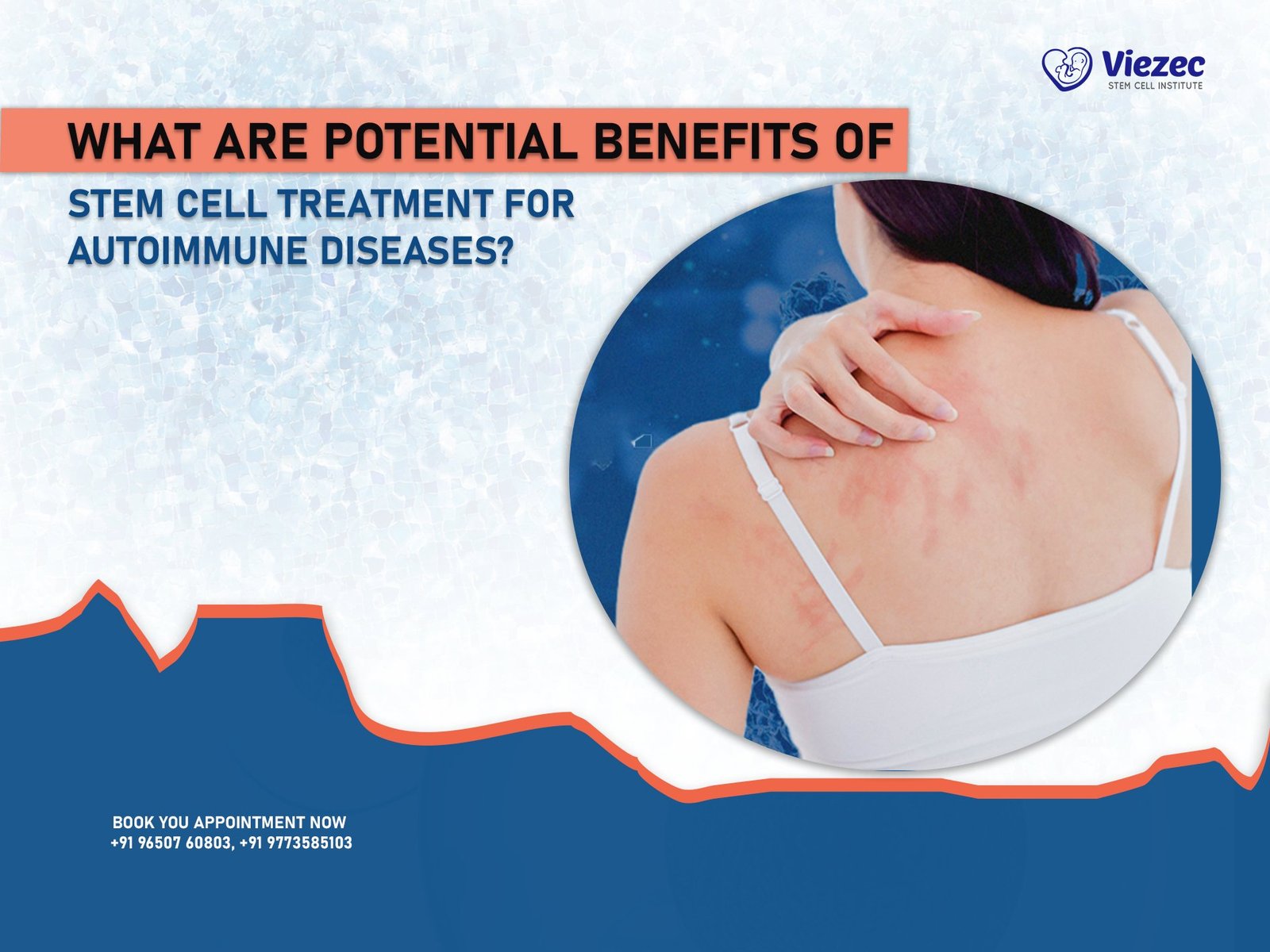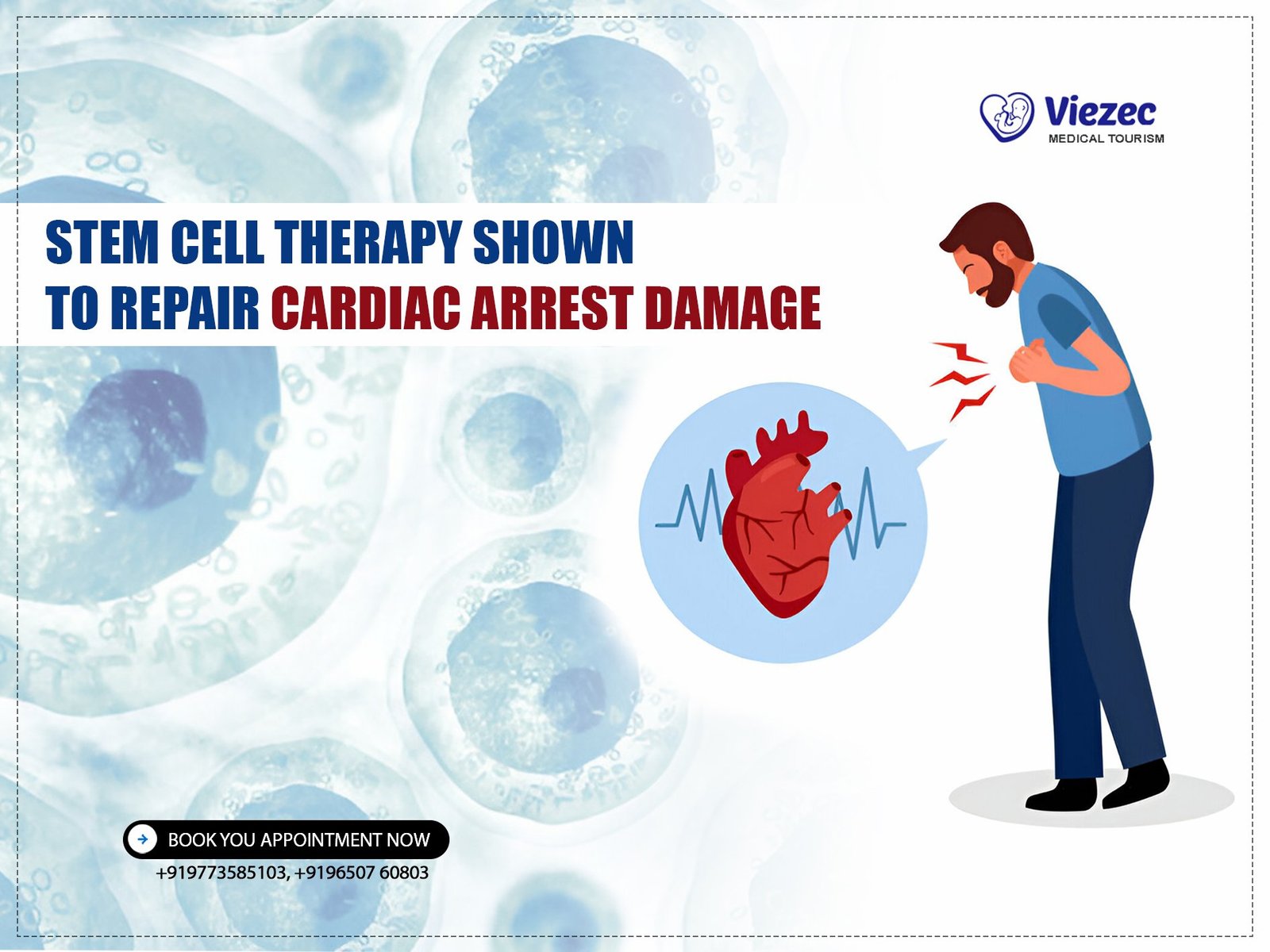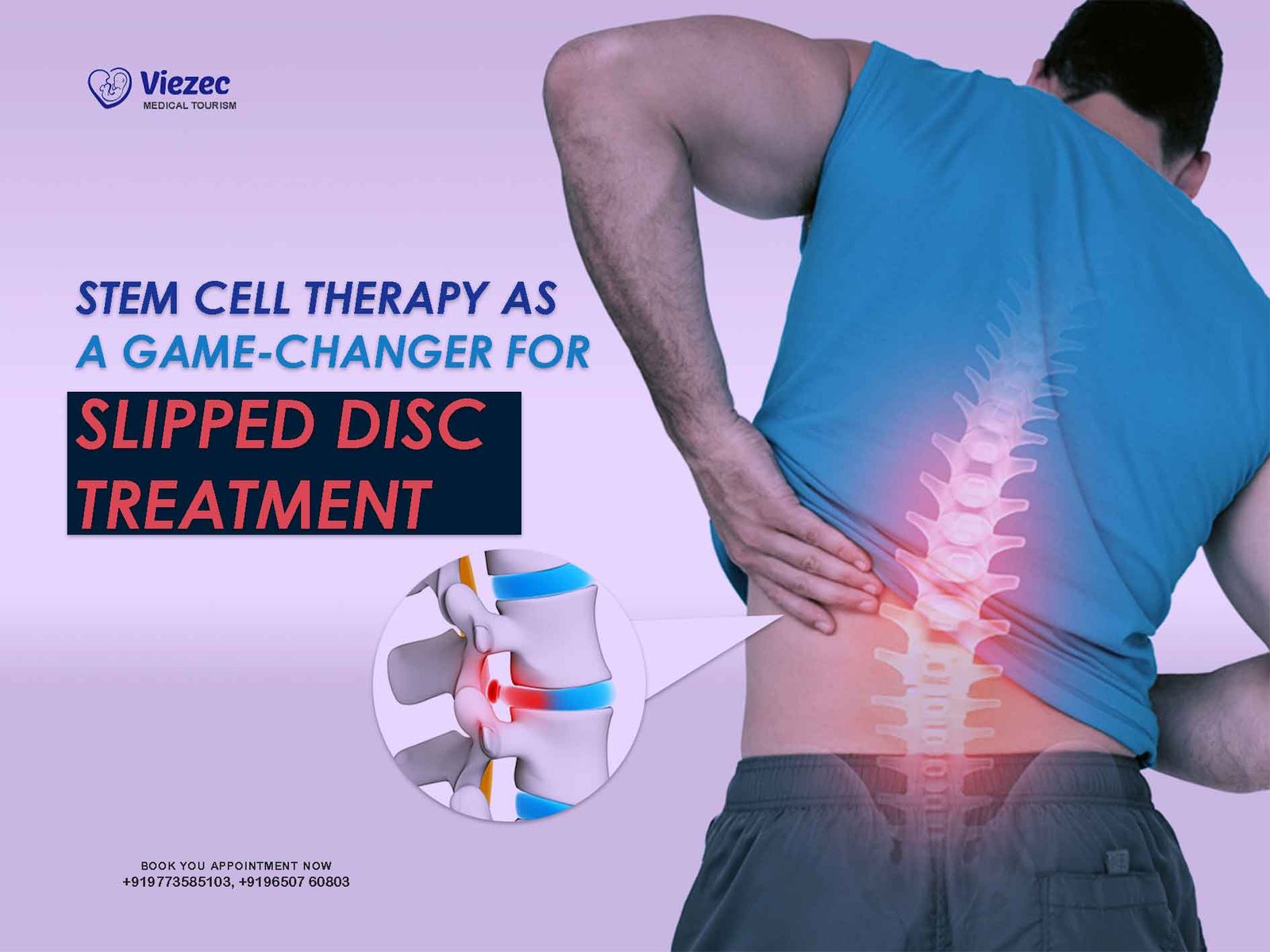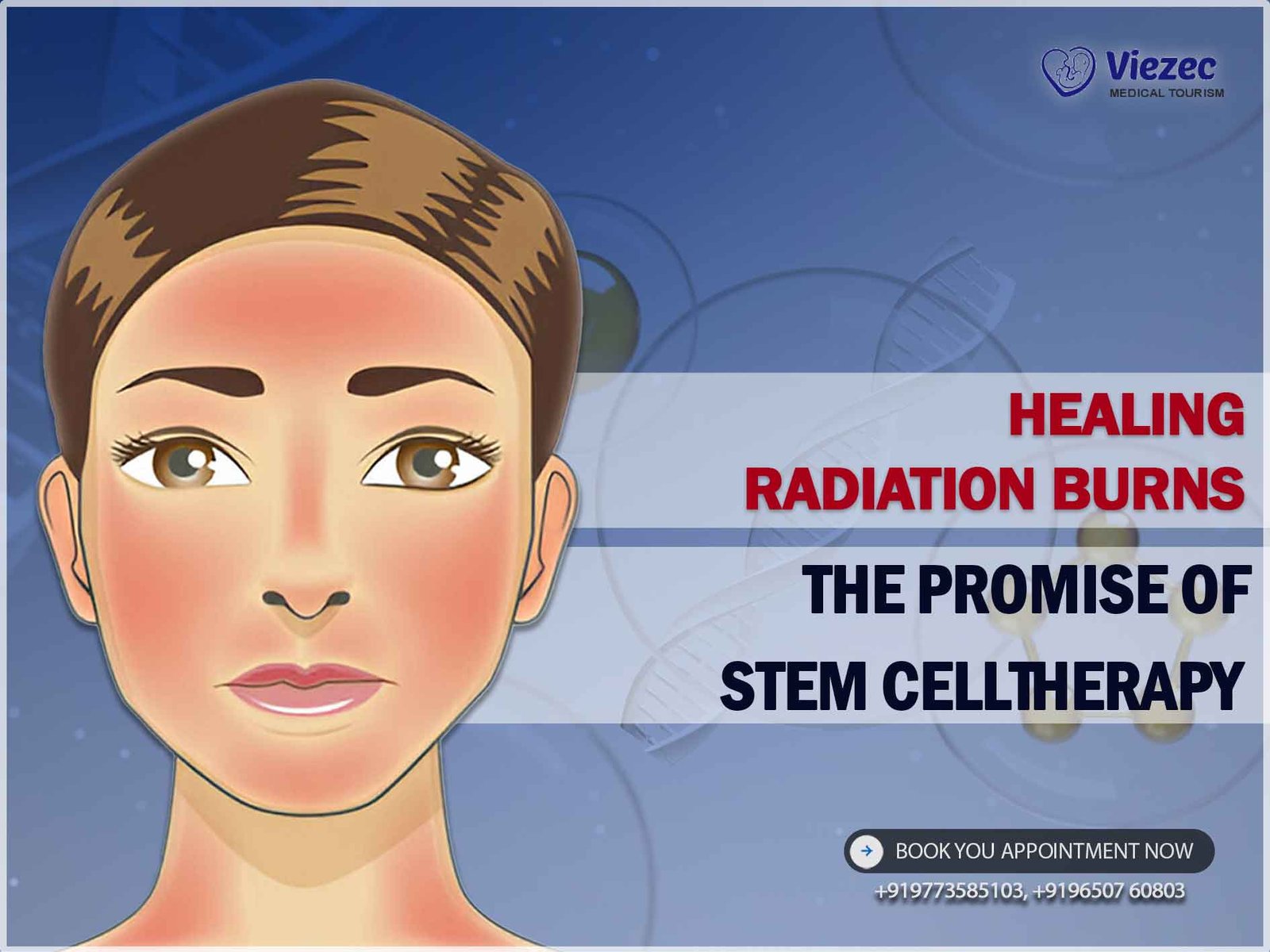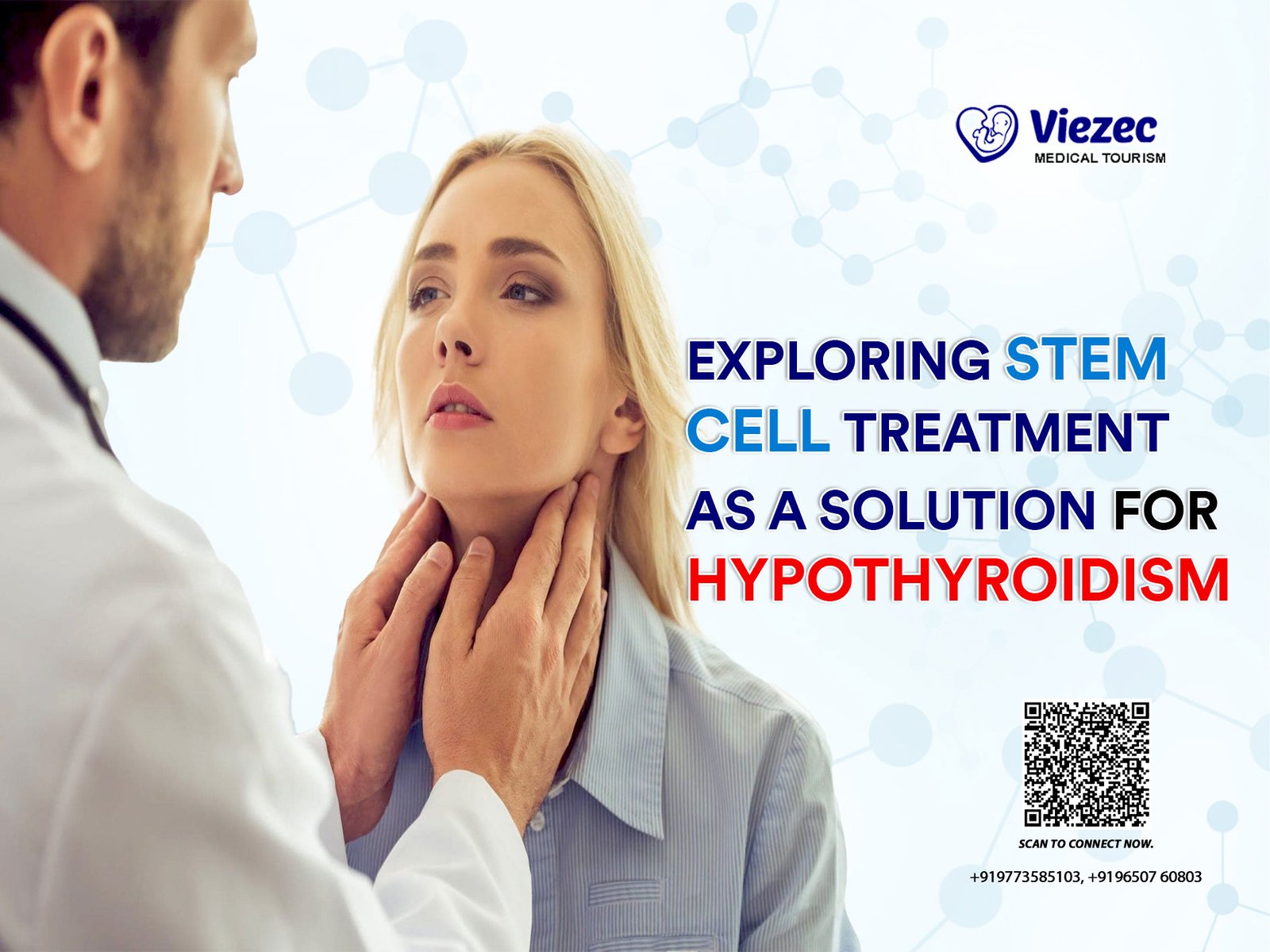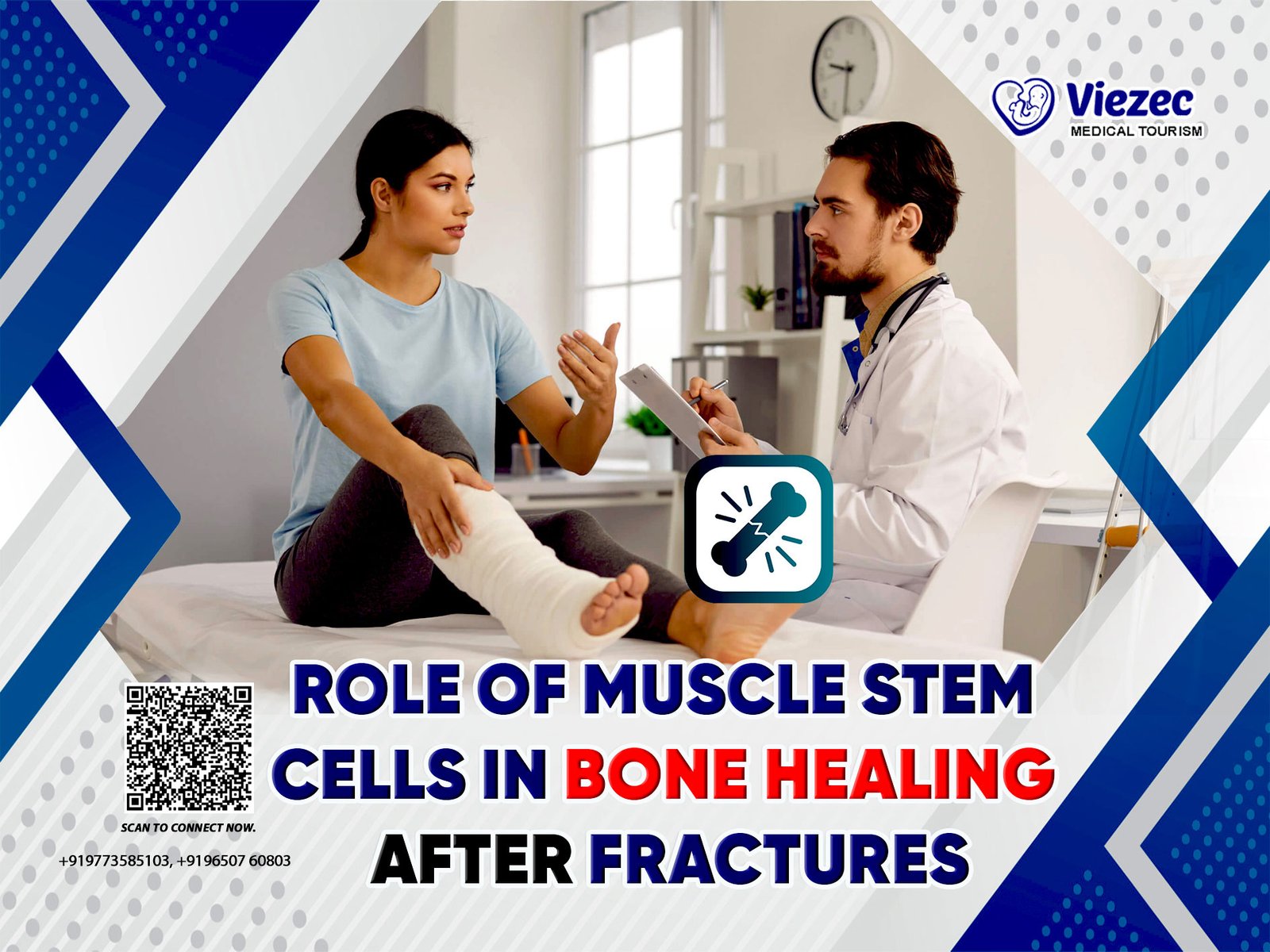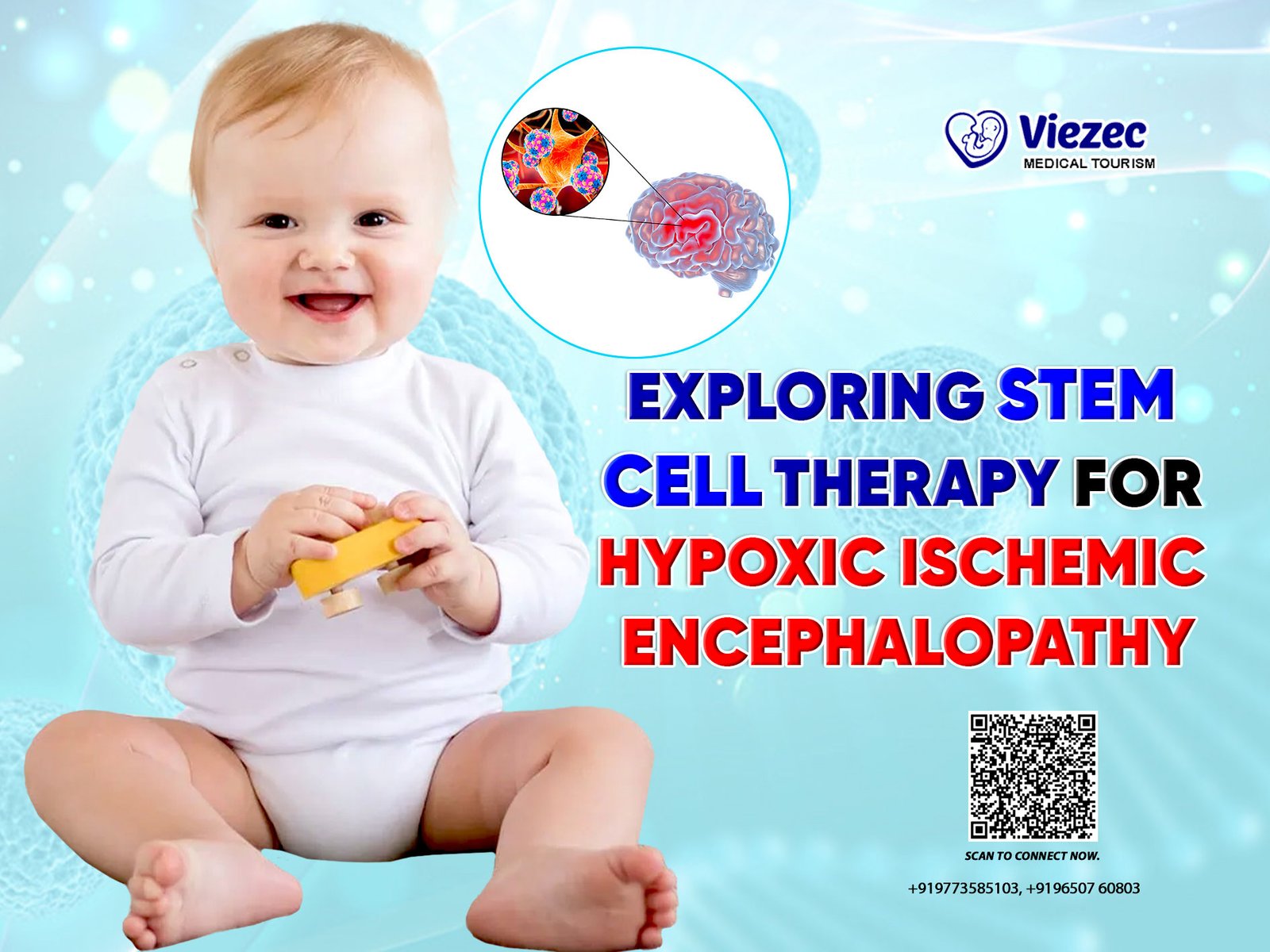Cardiac disease, encompassing a range of conditions affecting the heart, represents a significant global health challenge. These diseases include coronary artery disease, heart failure, arrhythmias, and valvular heart disease, all of which can severely impact an individual’s quality of life and longevity. Coronary artery disease, for example, occurs when the arteries supplying blood to the heart muscle become blocked or narrowed, reducing blood flow and leading to conditions such as angina or heart attacks. Heart failure, on the other hand, results from the heart’s inability to pump blood effectively, causing symptoms like fatigue, fluid retention, and shortness of breath. These diseases are not only prevalent but also have a profound impact on healthcare systems worldwide.
Definition and Types of Cardiac Disease
Cardiac disease is a broad term that covers various disorders affecting the heart. Coronary artery disease, which involves the buildup of plaque in the coronary arteries, can lead to heart attacks and angina. Heart failure, characterized by the heart’s inability to pump blood efficiently, can be due to conditions like high blood pressure, coronary artery disease, or cardiomyopathy. Arrhythmias, such as atrial fibrillation or ventricular tachycardia, involve irregular heartbeats that can disrupt normal heart function. Valvular heart diseases, such as aortic stenosis or mitral regurgitation, involve the malfunction of heart valves. Each type of cardiac disease presents unique challenges and requires tailored treatment approaches.
Current Statistics and Impact on Global Health
Cardiac disease remains a leading cause of morbidity and mortality worldwide. According to the World Health Organization (WHO), cardiovascular diseases are responsible for nearly 32% of global deaths, translating to approximately 18 million deaths annually. This staggering figure underscores the urgent need for effective treatments and preventive measures. In developed countries, lifestyle factors such as poor diet, lack of exercise, and smoking contribute significantly to the prevalence of cardiac diseases. In developing regions, however, issues such as limited access to healthcare and rising rates of hypertension and diabetes exacerbate the burden of heart disease. The economic impact is also substantial, with healthcare costs associated with cardiac disease placing a significant strain on both individual and public health systems.
Traditional Treatment Methods and Their Limitations
Traditional treatment methods for cardiac disease include medications, lifestyle modifications, and surgical interventions. Medications such as statins, beta-blockers, and anticoagulants aim to manage symptoms, reduce the risk of complications, and improve heart function. Lifestyle changes, including dietary adjustments, regular exercise, and smoking cessation, are crucial in managing risk factors. Surgical interventions, such as coronary artery bypass grafting (CABG) or valve replacement, can be life-saving but are often invasive and come with risks of complications. Despite these advances, traditional treatments often have limitations, including incomplete recovery of heart function, risk of recurring symptoms, and the need for ongoing medication and monitoring. This highlights the need for innovative approaches, such as stem cell therapy, to address these challenges.
Stem Cells: An Overview
Stem cells are unique cells with the remarkable ability to develop into various types of cells and tissues. Their potential for regenerative medicine has garnered significant attention in recent years, particularly in the context of treating complex diseases such as cardiac disease. Stem cells can divide and produce cells that can replace or repair damaged tissues, offering a promising avenue for restoring heart function in patients with cardiac conditions. Understanding the types of stem cells and their unique properties is crucial for appreciating their potential in cardiac disease treatment.
What are Stem Cells?
Stem cells are characterized by their ability to self-renew and differentiate into various specialized cell types. They are foundational to the body’s repair and regeneration processes. Unlike differentiated cells, which have specific functions and cannot transform into other types, stem cells can give rise to different cell types, such as muscle cells, nerve cells, and blood cells. This unique ability makes them valuable for regenerative therapies. In the context of cardiac disease, stem cells have the potential to regenerate damaged heart tissue, repair injured myocardium, and improve heart function. Their application in treating heart conditions offers a novel approach to addressing the limitations of traditional treatments.
Types of Stem Cells
Stem cells are categorized into several types based on their origin and differentiation potential.
Embryonic Stem Cells: These cells are derived from early-stage embryos and possess pluripotent capabilities, meaning they can differentiate into any cell type in the body. Their potential for generating a wide range of cell types makes them highly valuable for research and therapeutic applications, but their use raises ethical and technical concerns.
Adult Stem Cells: Also known as somatic or tissue-specific stem cells, these are found in various tissues of the adult body. They are multipotent, meaning they can differentiate into a limited range of cell types specific to their tissue of origin. For example, hematopoietic stem cells in the bone marrow can produce different types of blood cells. Adult stem cells are less controversial than embryonic stem cells and are currently used in various clinical applications.
Induced Pluripotent Stem Cells (iPSCs): These are adult cells reprogrammed to a pluripotent state, similar to embryonic stem cells. iPSCs are created by introducing specific genes into adult cells, enabling them to revert to a stem cell-like state. They offer the advantage of avoiding ethical issues associated with embryonic stem cells while retaining the ability to differentiate into multiple cell types.
Unique Properties of Stem Cells
The unique properties of stem cells, including their self-renewal and differentiation capabilities, are fundamental to their potential in regenerative medicine. Self-renewal allows stem cells to produce identical copies of themselves, maintaining a reservoir of undifferentiated cells. Differentiation enables stem cells to transform into specialized cell types needed for tissue repair and regeneration. Additionally, stem cells have the ability to migrate to damaged tissues and contribute to the healing process. In cardiac disease, these properties are harnessed to repair damaged heart tissue, promote the formation of new blood vessels, and reduce inflammation and fibrosis, ultimately improving heart function and patient outcomes.
Mechanism of Stem Cell Therapy
Stem cell therapy leverages the regenerative capabilities of stem cells to address the underlying issues in cardiac disease. Understanding how stem cells function in the body and their mechanisms of action is crucial for appreciating their therapeutic potential.
How Stem Cells Function in the Body
Stem cells have a unique ability to respond to signals from their environment and adapt to specific needs. When introduced into the body, stem cells can integrate into existing tissues and contribute to repair processes. In the case of cardiac disease, stem cells can be delivered to the heart through various methods, such as injection into the heart muscle or intravenous infusion. Once in the heart, stem cells can differentiate into cardiomyocytes (heart muscle cells), endothelial cells (which line blood vessels), or other cell types essential for heart function. This integration helps replace damaged or lost cells, improving the heart’s ability to pump blood and reducing symptoms associated with heart disease.
Differentiation and Regeneration Processes
Differentiation is the process by which stem cells transform into specialized cell types with specific functions. In cardiac disease, stem cells can differentiate into cardiomyocytes, which are crucial for heart muscle contraction and function. Additionally, stem cells can contribute to the regeneration of other cardiac tissues, such as endothelial cells and fibroblasts, which play roles in blood vessel formation and extracellular matrix production, respectively. The regeneration process involves not only the differentiation of stem cells but also their ability to promote the growth of new blood vessels (angiogenesis) and reduce scar tissue formation (fibrosis). These combined effects help restore the heart’s structure and function, offering potential benefits for patients with cardiac disease.
Role of Stem Cells in Repairing Cardiac Tissue
In cardiac disease, the heart tissue can become damaged due to factors such as ischemia (lack of blood flow), inflammation, or fibrosis. Stem cells can play a critical role in repairing this damaged tissue by replacing lost or damaged cells and promoting the regeneration of functional heart muscle. When stem cells are introduced into the damaged heart, they can differentiate into cardiomyocytes and integrate into the existing heart tissue, helping to restore its contractile function. Additionally, stem cells can secrete growth factors and cytokines that promote tissue repair, reduce inflammation, and enhance the survival of existing heart cells. This multifaceted approach helps improve heart function and overall patient outcomes.
Applications of Stem Cell Therapy in Cardiac Disease
Stem cell therapy has shown promise in various applications for treating cardiac disease. By harnessing the regenerative potential of stem cells, researchers and clinicians aim to address different aspects of heart disease and improve patient outcomes.
Regenerating Damaged Myocardium
One of the primary applications of stem cell therapy in cardiac disease is the regeneration of damaged myocardium (heart muscle). Following a heart attack or other forms of cardiac injury, the affected myocardium can become scarred and lose its ability to contract effectively. Stem cell therapy aims to replace the damaged muscle cells with new, functional cardiomyocytes. Studies have shown that injecting stem cells into the heart can lead to improvements in heart function, increased muscle mass, and enhanced contractility. This approach holds promise for restoring the heart’s ability to pump blood effectively and improving symptoms such as shortness of breath and fatigue.
Angiogenesis and Blood Vessel Formation
Another critical application of stem cell therapy in cardiac disease is promoting angiogenesis, or the formation of new blood vessels. In conditions such as coronary artery disease, the blood vessels supplying the heart can become narrowed or blocked, leading to reduced blood flow and oxygen supply to the heart muscle. Stem cells have the ability to differentiate into endothelial cells, which form the lining of blood vessels, and promote the growth of new blood vessels. By enhancing angiogenesis, stem cell therapy can improve blood supply to the heart muscle, reduce ischemia, and support the overall healing process. This application is particularly relevant for patients with advanced coronary artery disease or those who have not responded well to conventional treatments.
Reducing Inflammation and Fibrosis
Inflammation and fibrosis (scar tissue formation) are common consequences of cardiac injury and can contribute to the progression of heart disease. Stem cells have the potential to modulate the inflammatory response and reduce fibrosis in the heart. They can secrete anti-inflammatory cytokines and growth factors that help regulate the immune response and minimize tissue damage. Additionally, stem cells can influence the activity of fibroblasts, the cells responsible for producing scar tissue, thereby reducing the extent of fibrosis and promoting a more favorable tissue environment for healing. By addressing inflammation and fibrosis, stem cell therapy can help restore normal heart function and improve long-term outcomes for patients with cardiac disease.
Types of Stem Cell Treatments for Cardiac Disease
Several types of stem cell treatments are being explored for cardiac disease, each with its own advantages and challenges. These treatments can be broadly categorized into autologous, allogeneic, and emerging approaches.
Autologous Stem Cell Transplantation
Autologous stem cell transplantation involves using a patient’s own stem cells for treatment. This approach typically involves harvesting stem cells from the patient’s bone marrow or adipose tissue, processing them to enhance their regenerative potential, and then reintroducing them into the patient’s heart. The advantage of autologous transplantation is the reduced risk of immune rejection, as the stem cells are derived from the patient’s own body. Additionally, this approach avoids ethical concerns associated with the use of embryonic stem cells. Clinical studies have demonstrated that autologous stem cell therapy can improve heart function, reduce symptoms, and enhance overall quality of life for patients with cardiac disease.
Allogeneic Stem Cell Transplantation
Allogeneic stem cell transplantation involves using stem cells from a donor rather than the patient’s own cells. These donor stem cells can be derived from various sources, such as bone marrow, umbilical cord blood, or induced pluripotent stem cells. While this approach has the advantage of providing a potentially larger supply of stem cells, it also comes with challenges related to immune compatibility and the risk of graft-versus-host disease (GVHD). GVHD occurs when the donor’s immune cells recognize the recipient’s tissues as foreign and mount an immune response against them. Despite these challenges, allogeneic stem cell transplantation remains a promising approach, particularly for patients who may not have access to their own stem cells or who have certain genetic conditions.
Emerging Techniques and Experimental Approaches
In addition to autologous and allogeneic transplantation, several emerging techniques and experimental approaches are being explored in the field of stem cell therapy for cardiac disease. These include the use of bioengineered scaffolds, which provide a supportive matrix for stem cell growth and tissue regeneration, and gene editing technologies, such as CRISPR/Cas9, which allow for precise modifications of stem cells to enhance their therapeutic potential. Researchers are also investigating the use of stem cell-derived exosomes, small extracellular vesicles that contain bioactive molecules, to promote tissue repair and regeneration. These innovative approaches hold promise for improving the efficacy and safety of stem cell therapies and expanding their applications in cardiac disease treatment.
Clinical Trials and Research Studies
Clinical trials and research studies play a crucial role in evaluating the safety and efficacy of stem cell therapies for cardiac disease. These studies help determine the optimal treatment protocols, identify potential risks, and assess the long-term outcomes of stem cell interventions.
Overview of Major Clinical Trials
Numerous clinical trials have been conducted to assess the effectiveness of stem cell therapy for various cardiac conditions. These trials typically involve enrolling patients with specific cardiac diseases, administering stem cell treatments, and monitoring the patients over time to evaluate their responses. Major clinical trials have focused on different aspects of stem cell therapy, including the use of autologous stem cells for myocardial regeneration, the impact of stem cell therapy on heart function and symptoms, and the safety of different stem cell sources. Results from these trials provide valuable insights into the potential benefits and limitations of stem cell therapy and help guide future research efforts.
Success Rates and Outcomes
The success rates and outcomes of stem cell therapy for cardiac disease vary depending on factors such as the type of stem cells used, the method of administration, and the specific cardiac condition being treated. Overall, studies have shown promising results, with many patients experiencing improvements in heart function, reduced symptoms, and enhanced quality of life. For example, clinical trials involving autologous stem cell transplantation have demonstrated improvements in left ventricular ejection fraction (a measure of heart pumping ability) and reductions in heart failure symptoms. However, it is important to note that outcomes can vary, and not all patients may experience significant benefits. Ongoing research aims to refine treatment protocols and identify factors that contribute to successful outcomes.
Ongoing Research and Future Directions
Ongoing research in stem cell therapy for cardiac disease focuses on addressing current limitations and exploring new avenues for treatment. Researchers are investigating ways to improve stem cell delivery methods, enhance the survival and integration of transplanted cells, and optimize treatment protocols. Additionally, studies are exploring the use of combination therapies, such as combining stem cell therapy with other regenerative approaches or pharmacological treatments. Advances in stem cell biology, tissue engineering, and gene therapy are also expected to contribute to the development of more effective and personalized treatments for cardiac disease. As research progresses, it is anticipated that stem cell therapy will become an increasingly integral part of the management of cardiac conditions.
Benefits of Stem Cell Therapy for Cardiac Patients
Stem cell therapy offers several potential benefits for patients with cardiac disease, ranging from improvements in heart function to enhanced quality of life. These benefits highlight the potential of stem cell therapy to address some of the limitations of traditional treatments and offer new hope for patients with challenging cardiac conditions.
Improved Heart Function and Performance
One of the primary benefits of stem cell therapy is the potential for improved heart function and performance. By regenerating damaged myocardium and promoting the formation of new blood vessels, stem cell therapy can enhance the heart’s ability to pump blood effectively. Patients who undergo stem cell therapy may experience improvements in measures of heart function, such as ejection fraction, and reductions in symptoms related to heart failure, such as shortness of breath and fatigue. These improvements can lead to a better quality of life and increased ability to perform daily activities.
Enhanced Quality of Life
In addition to improving heart function, stem cell therapy can enhance overall quality of life for patients with cardiac disease. By reducing symptoms, improving exercise capacity, and decreasing the need for medications or invasive procedures, stem cell therapy can contribute to a better quality of life. Patients who receive stem cell treatments may experience improvements in their ability to engage in physical activities, reduced dependence on medical interventions, and an overall sense of well-being. This enhancement in quality of life is a crucial aspect of treatment outcomes and reflects the broader impact of stem cell therapy on patients’ daily lives.
Potential for Long-term Recovery
Stem cell therapy holds promise for long-term recovery in patients with cardiac disease. Unlike some traditional treatments that may provide temporary relief or require ongoing management, stem cell therapy has the potential to address the underlying causes of cardiac dysfunction and promote lasting improvements in heart health. By regenerating damaged tissues and reducing scar formation, stem cell therapy may offer sustained benefits over time. Long-term studies are needed to fully understand the duration of these effects and to determine the best strategies for maximizing long-term recovery.
Comparative Analysis with Traditional Treatments
Comparing stem cell therapy with traditional treatments for cardiac disease provides insights into the potential advantages and limitations of this emerging approach. Traditional treatments, including medications and surgical interventions, have been effective in managing cardiac conditions but often come with limitations that stem cell therapy aims to address.
Stem Cell Therapy vs. Medication
Stem cell therapy offers a different approach compared to conventional medications for cardiac disease. Medications, such as beta-blockers and ACE inhibitors, primarily aim to manage symptoms, reduce the risk of complications, and improve heart function. While these medications can be effective, they often address symptoms rather than the underlying causes of cardiac dysfunction. Stem cell therapy, on the other hand, has the potential to directly regenerate damaged heart tissue, promote new blood vessel formation, and reduce inflammation and fibrosis. This approach addresses the root of the problem and may offer more substantial and long-lasting improvements in heart function. However, stem cell therapy is still in the experimental stage, and its effectiveness compared to standard medications requires further validation through clinical trials.
Stem Cell Therapy vs. Surgical Interventions
Surgical interventions, such as coronary artery bypass grafting (CABG) or valve replacement, are often used to address structural issues in the heart and restore normal function. These procedures can be life-saving and effective in managing certain cardiac conditions. However, they are invasive, carry risks of complications, and may require extended recovery periods. Stem cell therapy offers a less invasive alternative with the potential for regenerating damaged tissues and improving heart function without the need for major surgery. While it may not replace surgical interventions in all cases, stem cell therapy could complement existing treatments and offer new options for patients who are not candidates for surgery or seek alternative approaches.
Cost-Effectiveness and Accessibility
Cost-effectiveness and accessibility are important considerations when evaluating stem cell therapy in comparison to traditional treatments. Traditional treatments, including medications and surgeries, are generally well-established and have known costs associated with their implementation. Stem cell therapy, while promising, involves complex procedures, specialized facilities, and significant research and development costs. As the technology advances and becomes more widely adopted, the costs of stem cell therapy may decrease, potentially improving its accessibility to a broader patient population. Ongoing research and development efforts are focused on making stem cell therapies more cost-effective and accessible, ensuring that they can be offered as viable options for patients with cardiac disease.
Patient Selection and Eligibility
Patient selection and eligibility are critical factors in determining the success of stem cell therapy for cardiac disease. Identifying suitable candidates and assessing their individual needs and conditions are essential for optimizing treatment outcomes.
Criteria for Selecting Suitable Candidates
Selecting suitable candidates for stem cell therapy involves evaluating various factors, including the type and stage of cardiac disease, overall health, and the presence of other medical conditions. Patients with significant myocardial damage, advanced heart failure, or specific types of cardiac injury may be considered for stem cell therapy. Additionally, factors such as age, comorbidities, and overall fitness are assessed to determine the patient’s ability to undergo the procedure and benefit from the treatment. Careful patient selection helps ensure that stem cell therapy is administered to those most likely to experience positive outcomes.
Pre-Treatment Assessments and Evaluations
Before undergoing stem cell therapy, patients undergo comprehensive assessments and evaluations to determine their suitability for the treatment. These assessments typically include medical history reviews, physical examinations, imaging studies (such as echocardiograms or MRI), and laboratory tests. The goal is to assess the extent of cardiac damage, evaluate overall health, and identify any potential contraindications or risks. Pre-treatment evaluations also help develop personalized treatment plans tailored to each patient’s specific condition and needs.
Personalized Treatment Plans
Personalized treatment plans are essential for optimizing the effectiveness of stem cell therapy. Based on pre-treatment assessments and evaluations, a customized approach is developed for each patient. This plan may include specific stem cell sources, delivery methods, and adjunctive therapies tailored to the patient’s condition and goals. Personalized treatment plans aim to maximize the potential benefits of stem cell therapy while addressing individual patient needs and preferences. Ongoing monitoring and adjustments to the treatment plan may also be necessary to ensure the best possible outcomes.
Case Studies and Patient Testimonials
Case studies and patient testimonials provide valuable insights into the real-world experiences and outcomes of stem cell therapy for cardiac disease. These accounts offer a glimpse into the impact of stem cell treatments on individual patients and highlight the potential benefits and challenges associated with this approach.
Success Stories from Around the World
Success stories from around the world illustrate the positive impact of stem cell therapy on patients with cardiac disease. For example, patients who have undergone stem cell treatments for heart failure or myocardial infarction have reported significant improvements in heart function, reduced symptoms, and enhanced quality of life. These success stories highlight the potential of stem cell therapy to offer meaningful benefits and hope to individuals facing challenging cardiac conditions. They also underscore the importance of continued research and development to refine and expand the application of stem cell therapies.
Detailed Case Studies
Detailed case studies provide in-depth analyses of individual patients who have received stem cell therapy for cardiac disease. These studies typically include information on the patient’s medical history, treatment protocol, and outcomes. By examining specific cases, researchers and clinicians can gain insights into the factors that contribute to successful outcomes and identify areas for improvement. Case studies also help inform future treatment strategies and guide the development of personalized approaches to stem cell therapy.
Patient Perspectives and Experiences
Patient perspectives and experiences offer valuable insights into the impact of stem cell therapy on daily life and overall well-being. Patients who have undergone stem cell treatments often share their experiences regarding improvements in symptoms, quality of life, and overall satisfaction with the treatment. These perspectives provide a human dimension to the scientific and clinical aspects of stem cell therapy, highlighting the real-world benefits and challenges of this innovative approach. Patient testimonials also contribute to a broader understanding of the potential impact of stem cell therapy on individual lives.
FAQs
What types of stem cells are used in cardiac disease treatment?
Stem cells used in cardiac disease treatment include embryonic stem cells, adult stem cells (such as those from bone marrow or adipose tissue), and induced pluripotent stem cells (iPSCs). Each type has unique properties and potential applications, with adult stem cells and iPSCs being the most commonly used in clinical settings due to their availability and ethical considerations.
How effective is stem cell therapy for improving heart function?
Stem cell therapy has shown promise in improving heart function for many patients with cardiac disease. Clinical studies have reported improvements in measures such as ejection fraction, reduced symptoms of heart failure, and enhanced overall quality of life. However, effectiveness can vary depending on factors such as the type of stem cells used, the method of administration, and the specific cardiac condition being treated.
Are there risks associated with stem cell therapy for cardiac disease?
As with any medical treatment, stem cell therapy carries potential risks. These may include adverse reactions to the stem cell infusion, immune rejection, or complications related to the delivery method. It is important for patients to discuss potential risks with their healthcare provider and to undergo thorough evaluations to minimize these risks. Ongoing research aims to improve the safety and efficacy of stem cell therapies.
How can I find out more about stem cell therapy for cardiac disease?
To learn more about stem cell therapy for cardiac disease, consider consulting with a specialist in regenerative medicine or cardiology. Additionally, visiting reputable medical websites, reviewing recent clinical trials and research studies, and discussing options with your healthcare provider can provide valuable information. For more information, you can visit us online for resources and updates on the latest developments in stem cell therapy.


